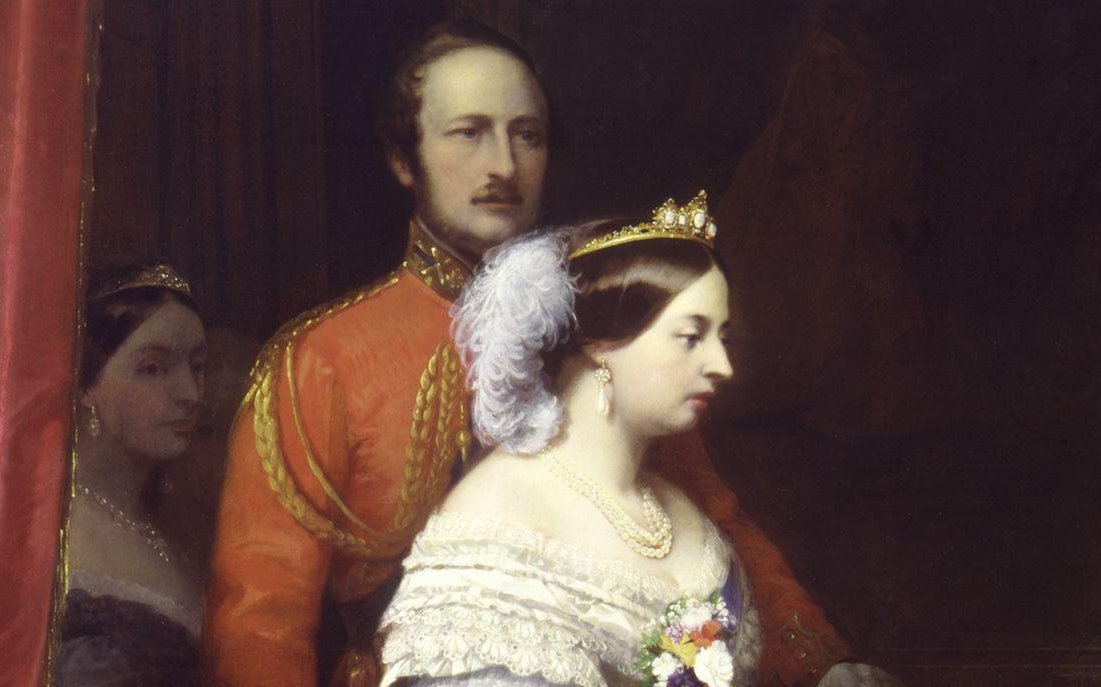
October’s glorious birthstone, the opal, is full of life and rainbow-colored fire. Perhaps the changeability of the precious stone is part of the reason that some over time have believed that opals hold unusual power, sometimes bringing serious bad luck to their wearers. But what about royal examples of the stone? We’ve got a closer look today at several important royal opals—and whether or not their wearers believed that they were cursed!
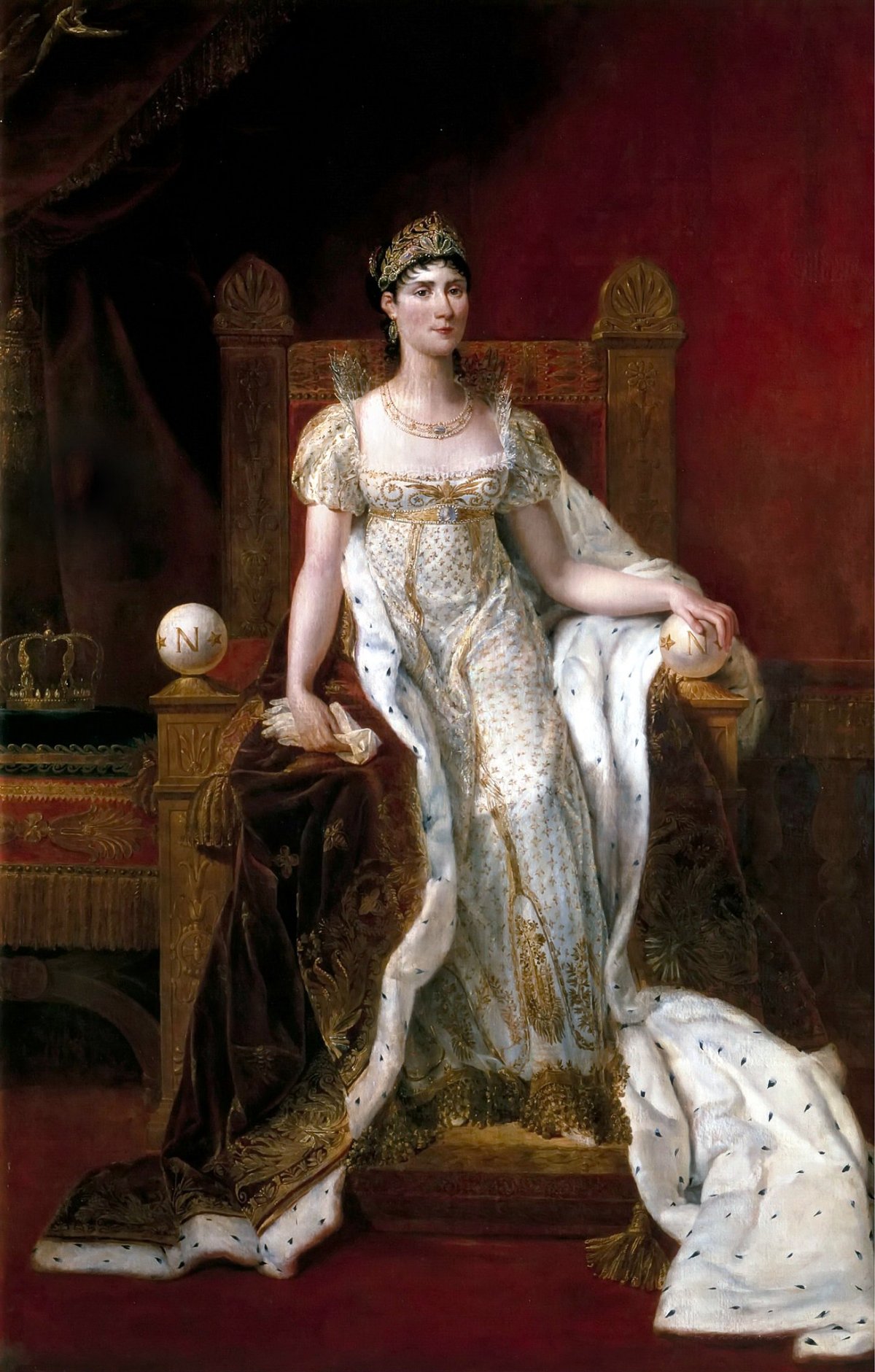
From Empress Josephine to Queen Victoria, several prominent royal figures in the nineteenth century loved opals and didn’t believe that they brought bad luck. Queen Victoria owned at least two suites of jewelry set with opals, including the original version of her Indian Circlet and its coordinating jewels. Later, Queen Alexandra, who apparently did hold some beliefs about opals and curses, had the jewels in the circlet replaced with rubies.
Empress Josephine owned one of the most famous royal opals of all, named “The Burning of Troy.” Napoleon bought the black opal for Josephine. Its name came from the bright red fire that laced across the opal’s surface. After Josephine’s death, though, the opal falls off the historical map. Likewise, the suite of opals worn by Josephine in the 1807 portrait above also appears to have disappeared into history.
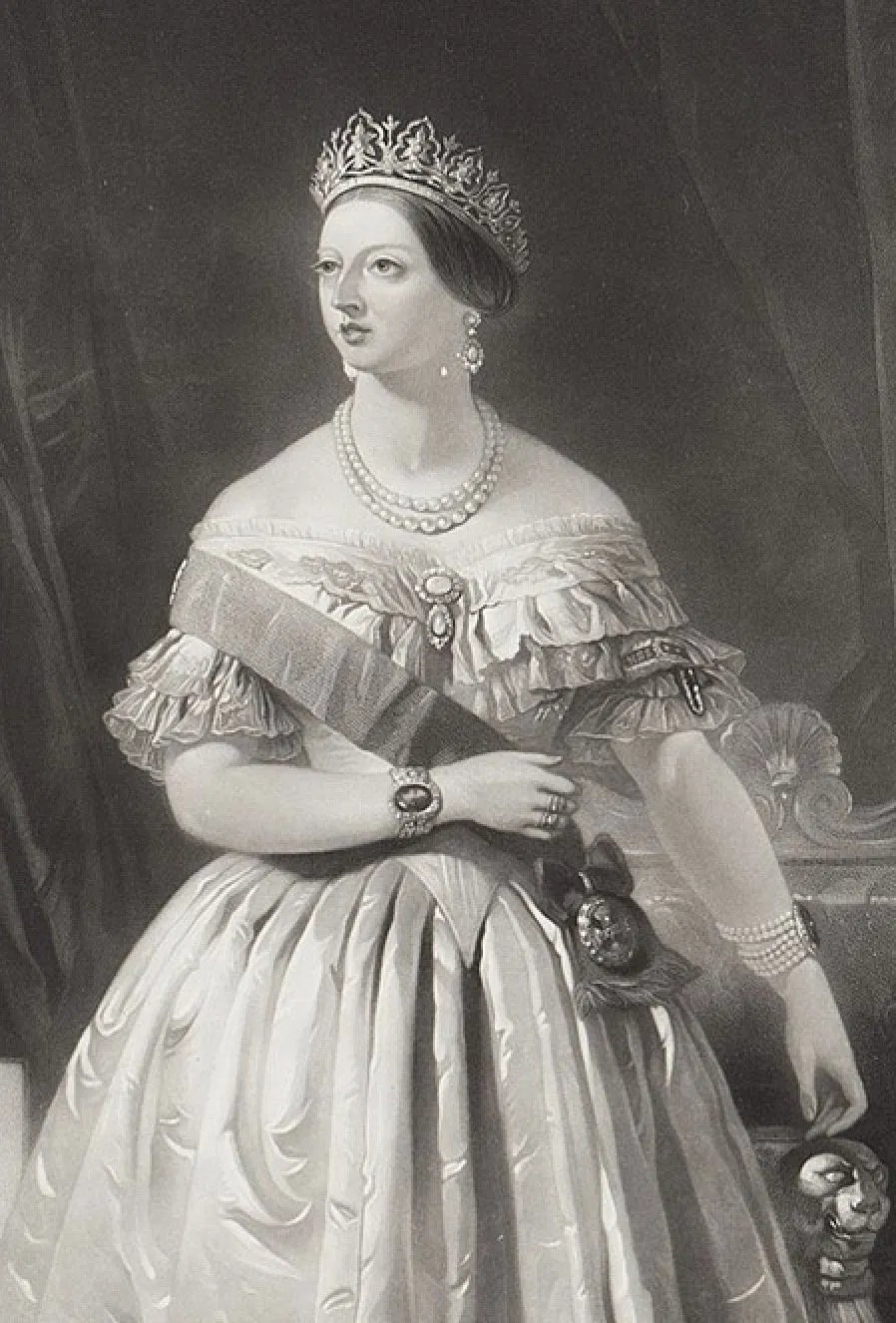
During Victoria’s reign, she owned multiple pieces of jewelry set with opals. In fact, they’re said to have been the favorite gemstone of her beloved husband, Prince Albert. But, despite the Queen’s preference for opals, superstitions around them persisted. In July 1892, several local papers in Britain printed this assessment of the perception of precious opals:
The superstition about opals—that they’ll bring ill luck—dies hard. In fact, although Queen Victoria has taken a firm stand against it, and proves her position by making presents of opal jewellery to her friends and relatives, there are many who think that it is increasing. This superstition and the arrival within a year of a bushel or so of opals from Australia, unsurpassed in colour, have had a tendency to lower the price of these lovely gems, and some dealers are willing to dispose of their stock of them for less than their cost.
One jeweller in New York, who formerly sold a good many, refuses to keep them any longer. “I haven’t an opal in the place,” said he. “Mind, I’m not in the least affected by this idea of opals bringing bad luck, for I love the stones, and would as lief have an opal on my finger as a diamond, but they are running down in value and have few buyers, so that it does not pay me to keep them; and, besides, women come back here with opal rings and pins that I sold to them years ago and demand to change them for something else, because in the meantime their cats have died or their babies have had croup, or their neighbours have expressed horror at their temerity in wearing a forbidden gem. In other words, they want to exchange worn and unsaleable goods for things that are newer and of more value, and in cases where they are good customers I have to submit to it.” One man in Brooklyn took the opal out of his ring and smashed it to atoms with a hatchet because he had failed in business!
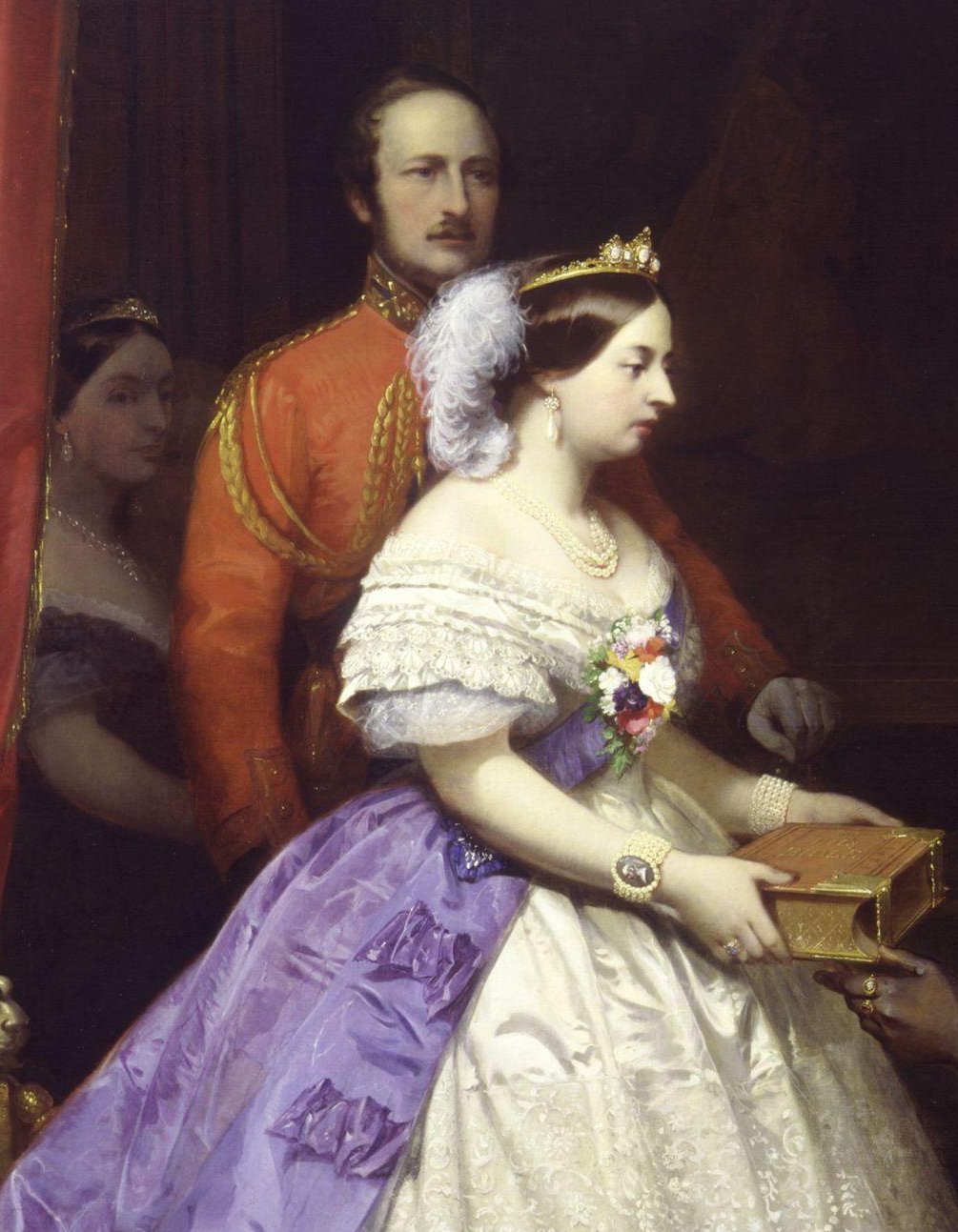
While Sir Walter Scott did something to give the opal a bad name by his account of it in “Anne of Geierstein,” it was held in distrust long before his time. It was considerably in use in Venice at the time of the plague, and it was noticed there in the hospitals that before death the stone would sometimes brighten on the victim’s finger. It never seemed to occur to the people that the illness could produce the glow of colour; they took it for granted that the stone occasioned the illness. As a matter of fact, opals are affected by heat, even by that of the hand, and the fever, being at its height just before death, caused the colours to shine with unwonted clearness. This confirmed the superstition, and to this day there are sane and able-bodied people who believe that a chip of stone in the house can cause calamities.
Sometimes it seems as if mankind had not gone far beyond its swaddling clothes as yet. Probably another reason for the distrust excited in opals is the fact that they change and lose their colour. This has its cause in the softness and porousness of the material, and its capacity both for absorbing water and of parting with what it has, one of which transformations tends to make it dull, the other chalky and opaque. A peculiar variety of opal, black in colour yet exhibiting iridescent flashes, was cut into handsome stones, but on opening the papers that contained them a few weeks later it was discovered that they had crumbled into powder. They were said to have come from New Zealand. The transparent opals that come from Honduras are believed to regain colour, after it has become faint, by soaking them in oil.
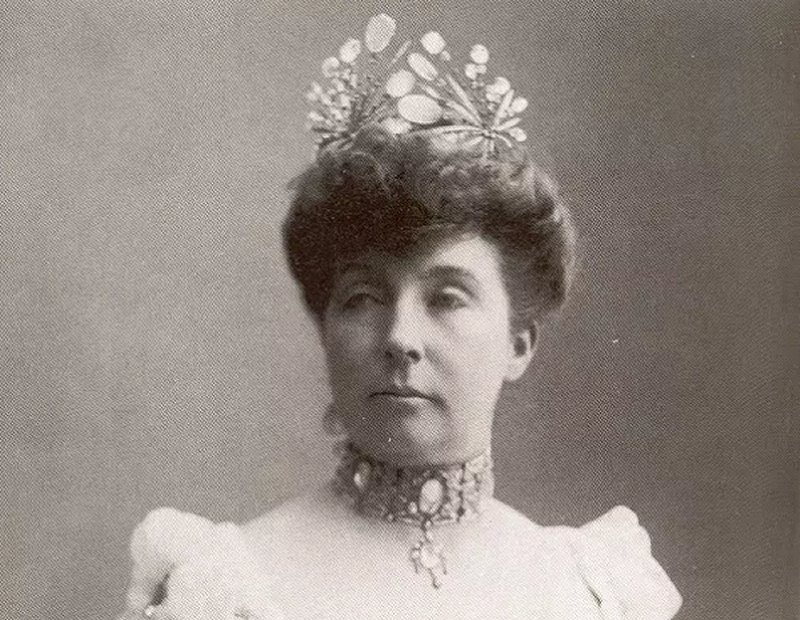
Doubtless the most curious form of opal, but one that does not commend itself for use in ornament, is the hydrophane, that was known centuries ago as the oculus mundi, or “eye of the world”—a name purely fantastical—and that has recently been found in small quantities in Colorado. This stone has a wonderful power of absorption. In its usual state it is of yellowish, waxy tint, but when water is dropped upon it the tint slowly passes away, and from being translucent it becomes transparent. On exposure to the air the water evaporates in an hour, leaving the stone as it was before.
Empress Josephine and Queen Victoria wore several fantastic examples of jewels set with opals. Above, Princess Marie of Orleans, wife of Prince Valdemar of Denmark, had a fantastic, inventive suite of jewels set with opals. The accompanying choker necklace still exists and occasionally pops up on members of the former French royal family.
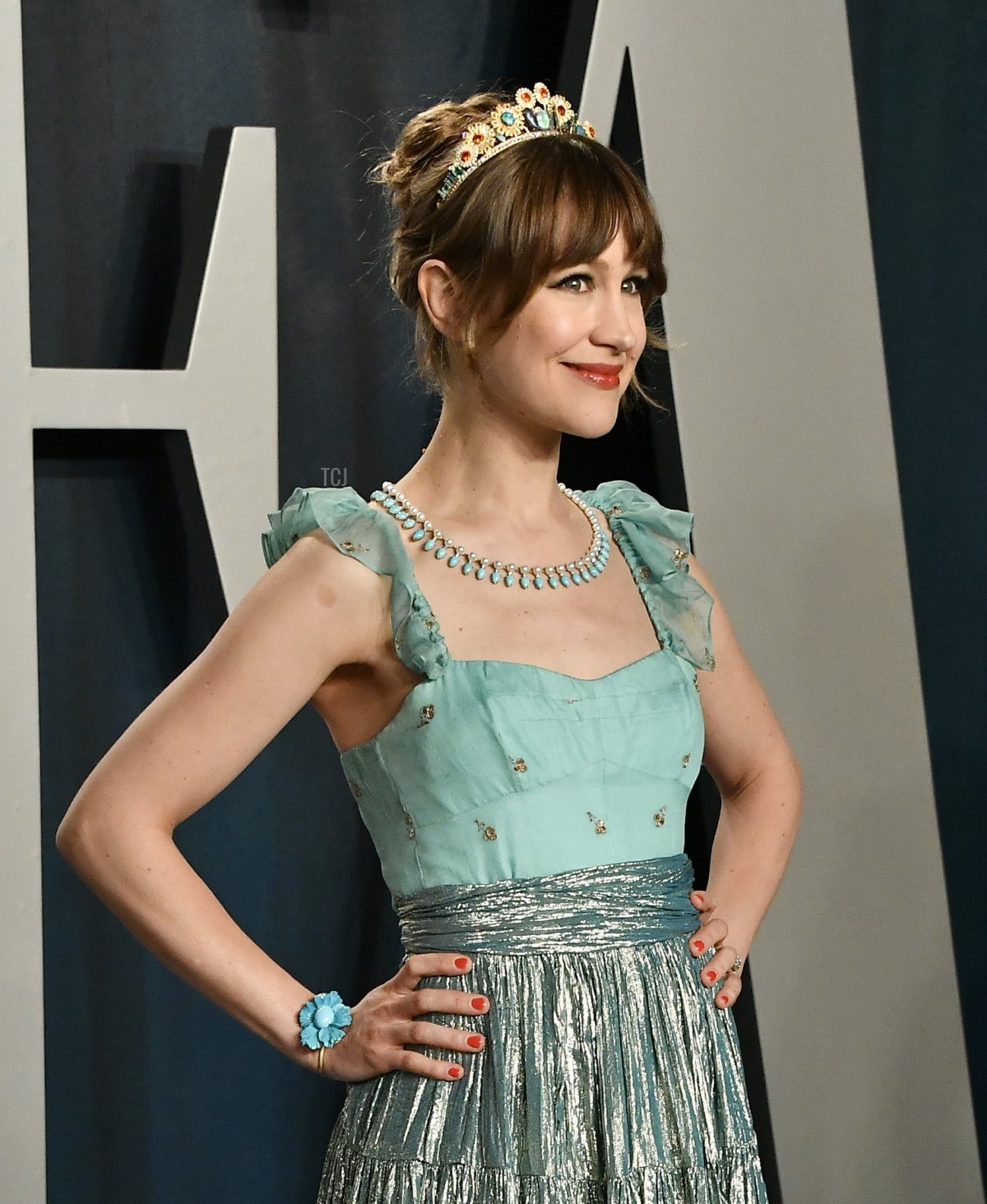
Modern jewelers also love to play with opals in different settings and combinations. The singer Joanna Newsom owns and wears this whimsical opal tiara, which was created for her by the jeweler Irene Neuwirth. She wore the tiara on her wedding day in 2013, and again at the Vanity Fair Oscar Party in Beverly Hills in February 2020 (pictured above).
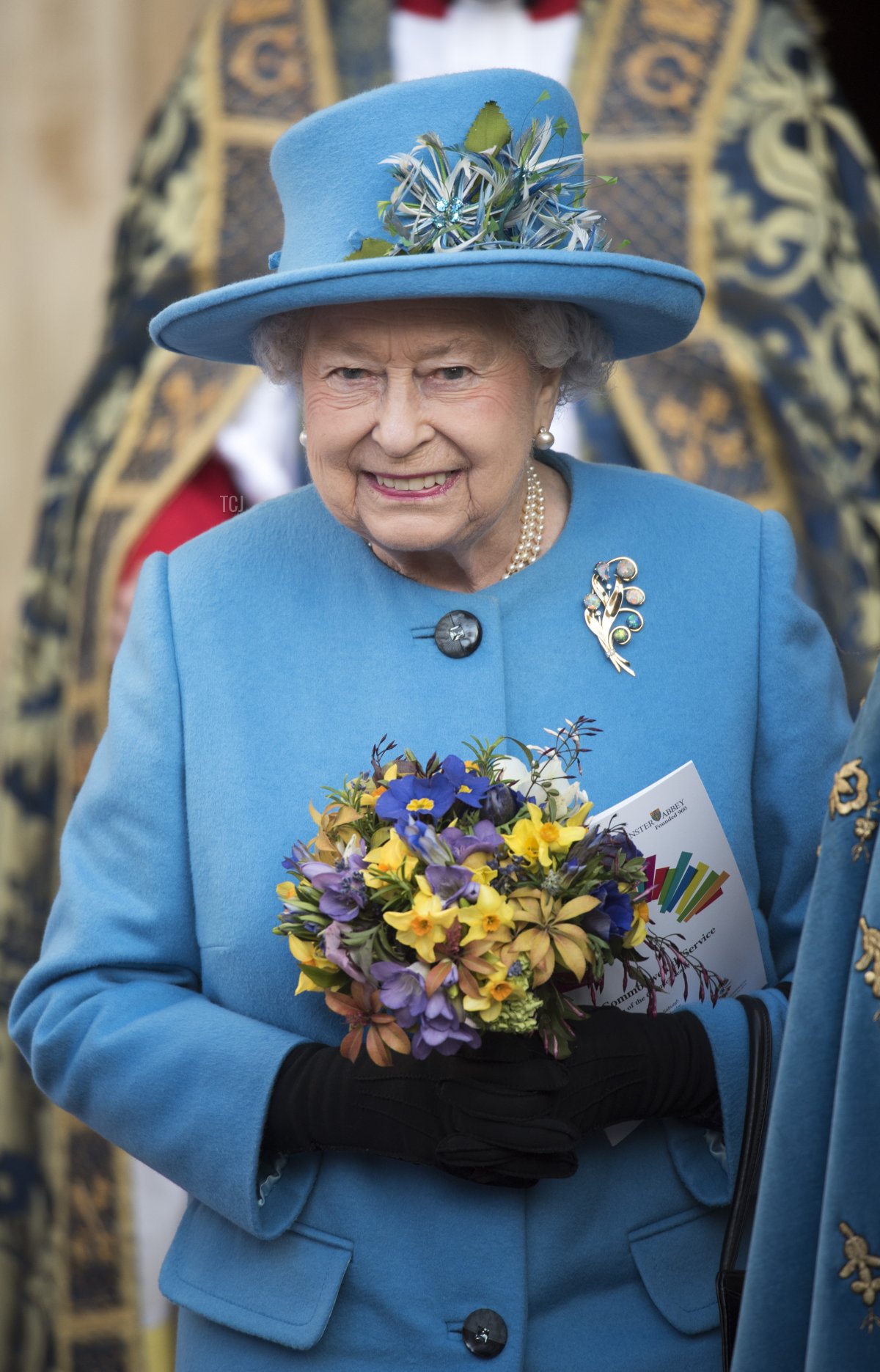
Australia is one of the world’s greatest sources of opals, so naturally Queen Elizabeth II has several examples in her collection. Along with this fantastic midcentury opal brooch, which was one of her wedding gifts, the Queen also owns the Andamooka Opals. Sadly, we haven’t seen her wear that striking earring and necklace set since the 1950s.
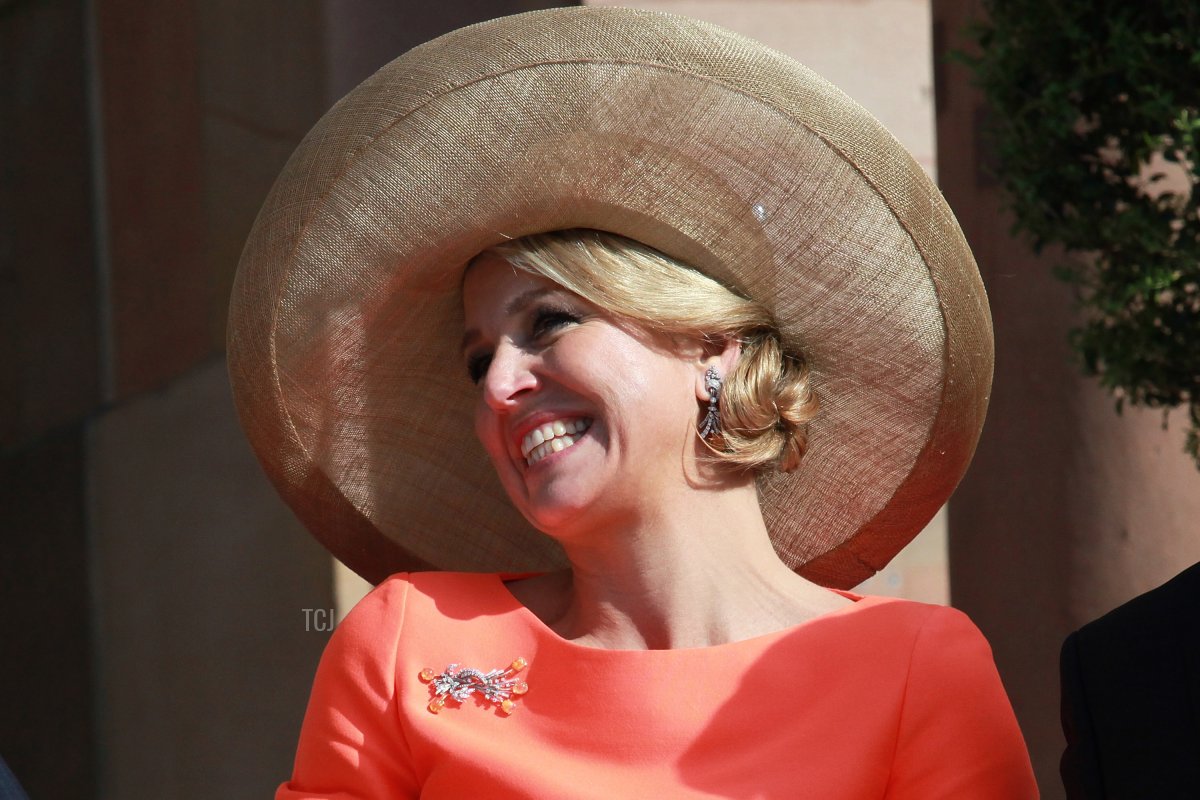
And the Dutch royals own an incredible suite of jewels set with bright orange fire opals. Perfect for the women of the House of Orange!
Leave a Reply
You must be logged in to post a comment.